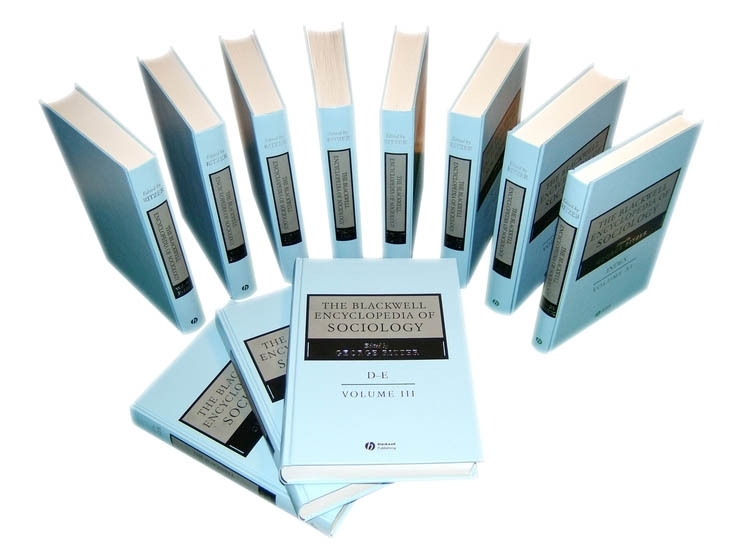Aesthetics
Abstract
Attempts to reconcile the concerns of sociologists with those of art historians and aestheticians have been among the most contentious of recent interdisciplinary efforts. The tendency of sociologists to reduce social “epiphenomena” to their independent variables in social structure impinges on the core belief of artists and aesthetes in the power of art to transcend the mundane. In its most reductionistic version the aesthetic is collapsed into a mechanism for the reproduction of class hierarchies and for the securing of legitimacy for social elites – a thesis most aggressively advanced in Marx's reduction of the cultural and ideological “superstructure” to a dependent relation to the economic “base.” Such a deterministic view is taken up in the aesthetic theory of the Frankfurt School, most notably in the writings of Adorno. In a manner typical of mid-century cultural Marxism, Adorno differentiated between aesthetic productions before and after the arrival of capitalism and the expansion of commercial culture industries. Where aesthetics in the pre-capitalist period possessed moral and ethical value, the aesthetics of mass entertainment eroded the capacity for individual thought and action, reproducing conformity and docility in the population through the standardization of personal taste (Adorno 1991). Similar assaults on the autonomy of the aesthetic are recorded in Veblen's (1899) account of “conspicuous consumption,” wherein objects of aesthetic value are read as expressions of “honorific waste,” symbolic trophies of the dominance of one group over another.



